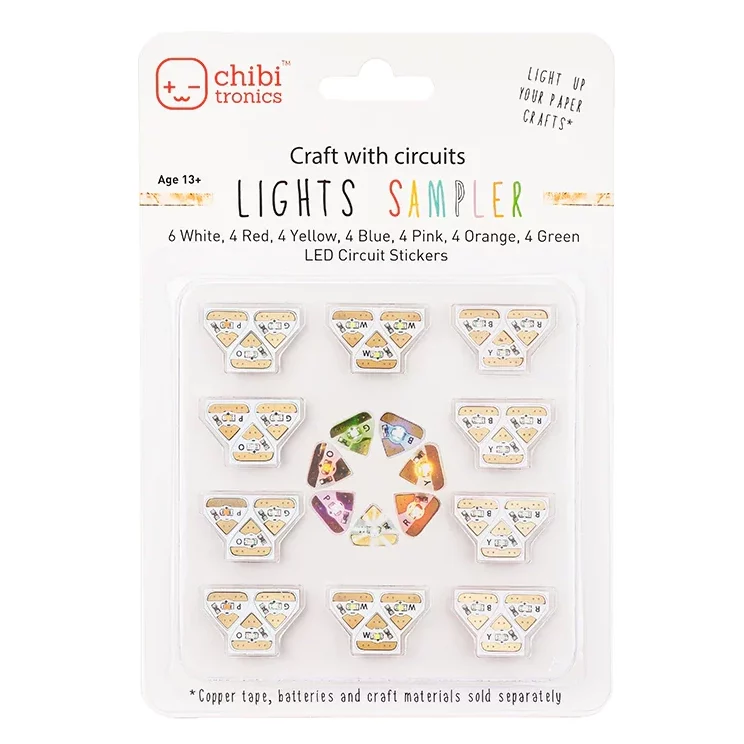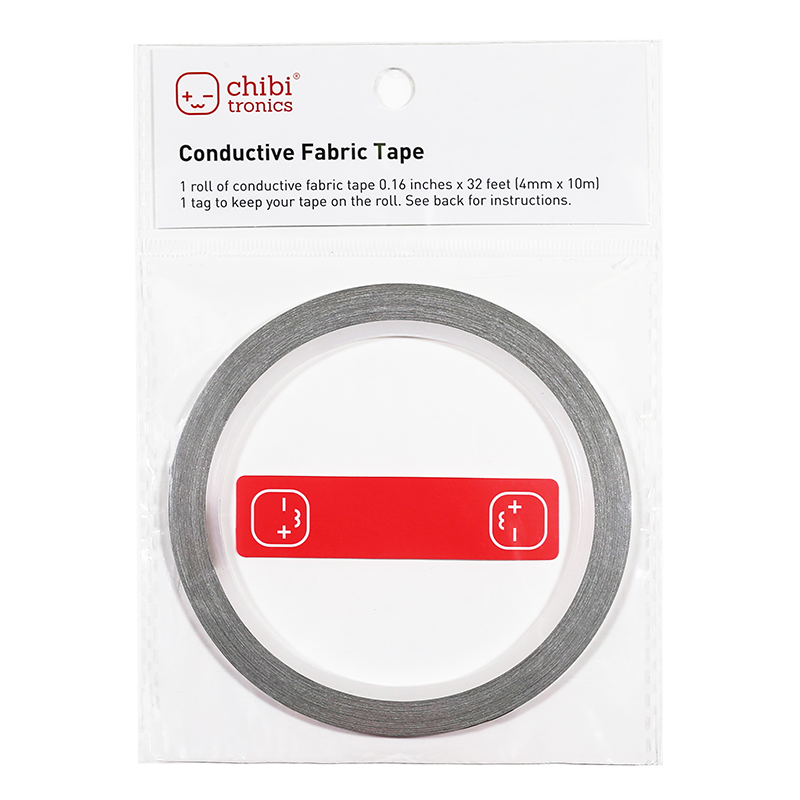Celebrate with a Chandelier
In this tutorial, you’ll learn how to create a glowing paper circuit chandelier that you can turn on and off with help from a magnet and reed switch.
Make an Oktoberfest Wreath Light


Autumn in New England is my favorite time of the year, filled with harvest markets, trips to a local apple orchard, and fiery foliage that brings tourists from all over the world. In our home, it’s also a time of music, food, and festivities inspired by Germany’s world class celebration of Oktoberfest. Since we aren’t able to travel to Germany each September to participate in the authentic event, I thought it would be fun to create an Oktoberfest inspired paper circuit chandelier to help us celebrate at home!
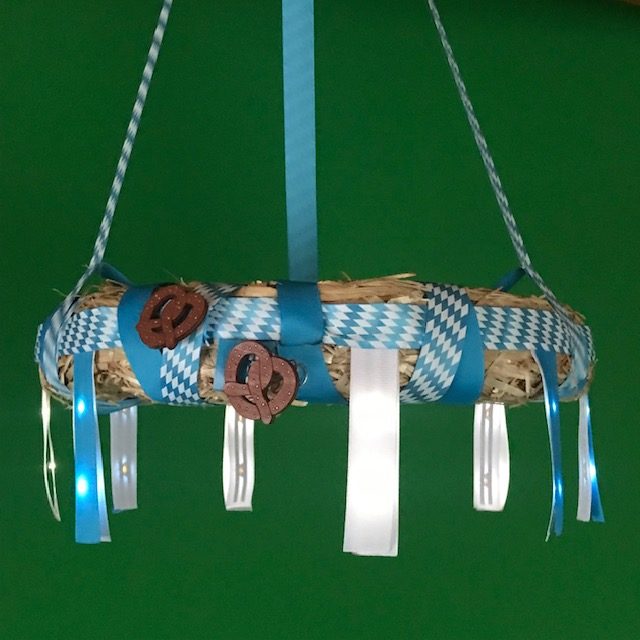
While authentic Oktoberfest chandelier lights are enormous to help illuminate tents accommodating up to 10,000 people, this Oktoberfest-inspired chandelier will be built on a scale more suitable for a porch celebration.

via Wikimedia Commons
via Flickr
Although the model for this tutorial was designed to celebrate the annual German tradition of Oktoberfest, paper circuit chandeliers may be easily customized to fit any theme of your choice!
Related
Categories
paper circuit techniques, lamp, nightlight, home décor, holiday, decoration, paper craft, STEAM Education
Materials & Tools
Electronic Supplies
- 6 or more Chibitronics circuit sticker LEDs
- Conductive fabric tape
- 1 – 2 coin cell batteries (depending upon the number of LED stickers you end up using)
- Reed switch (magnet on) & a magnet (useful as a switching mechanism)
Other Supplies
- 14” Straw wreath or 10” floral foam wreath
- Magnet (I used this Magnetic Pretzel) to trigger the reed switch
- Binder clip (to secure the battery/batteries in a paper holder)
- 1/4″ ribbon for the power/ground rail
- 1/2″ – 1″ ribbon for the LED branches
- Decorative ribbon (I used blue, white, and Oktoberfest Ribbon)
- Round or D-shaped metal hanging ring
- Double-sided tape
- Scotch tape
- Needle & thread (or 4 safety pins)
- Scissors
Optional
- Faux evergreen garland (or decorative elements of your choice)
- A lighter or matches (useful for melting frayed ribbon ends)
- Fishing line (for securing the magnet)
- Art supplies of your choice
- Tape measure

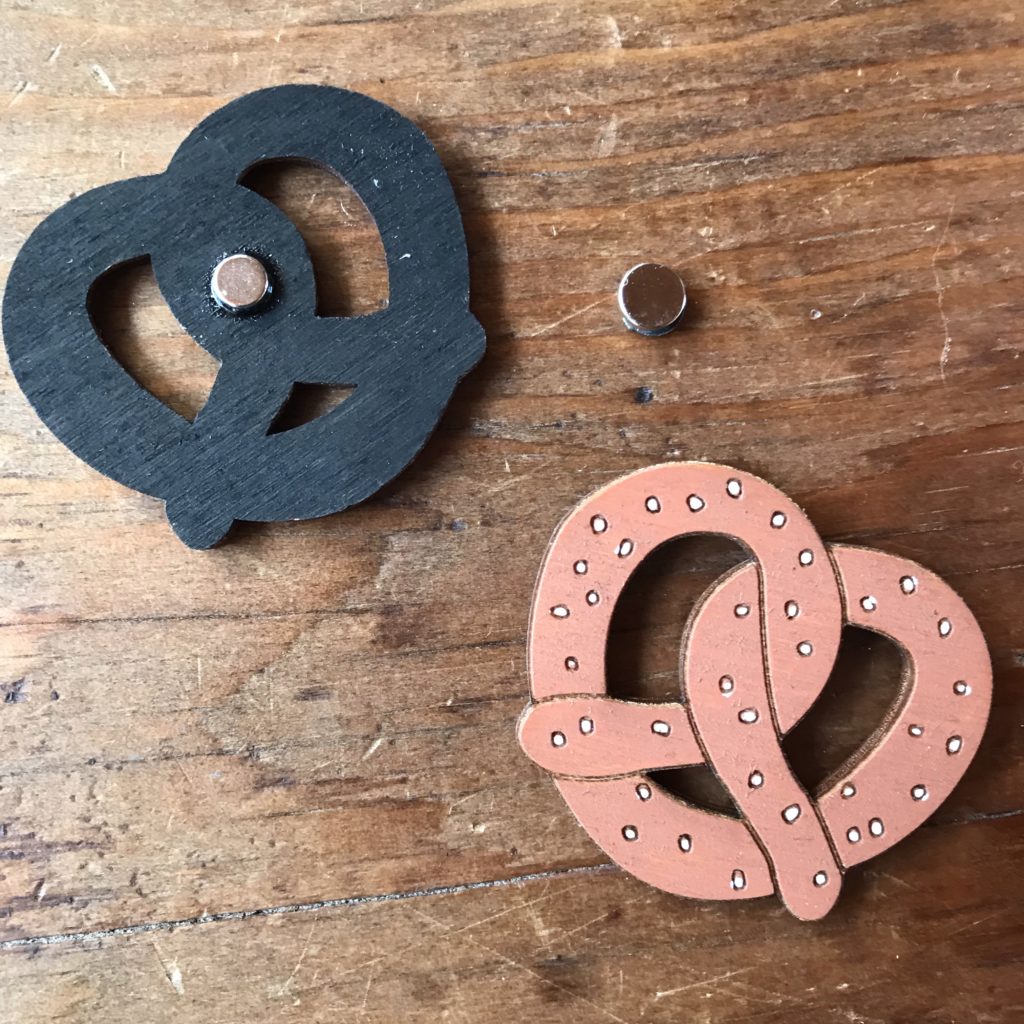
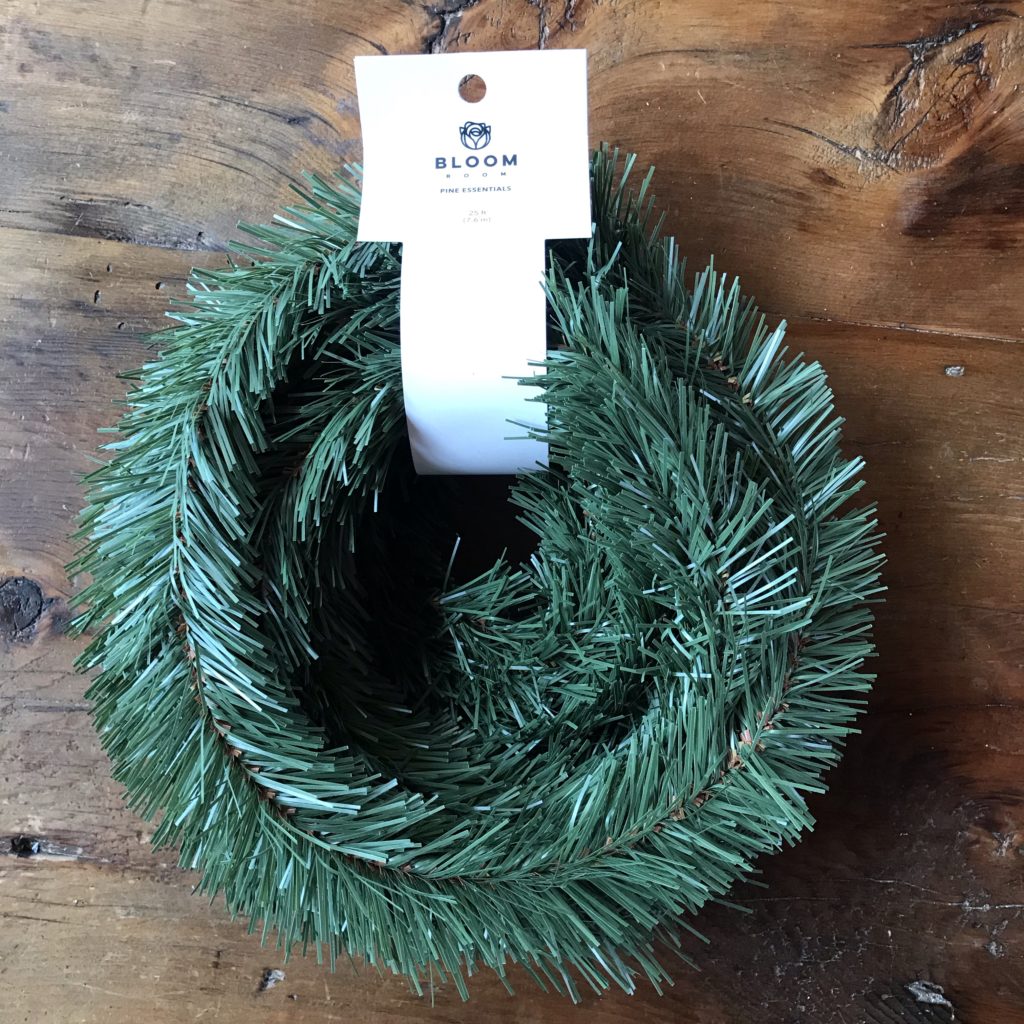
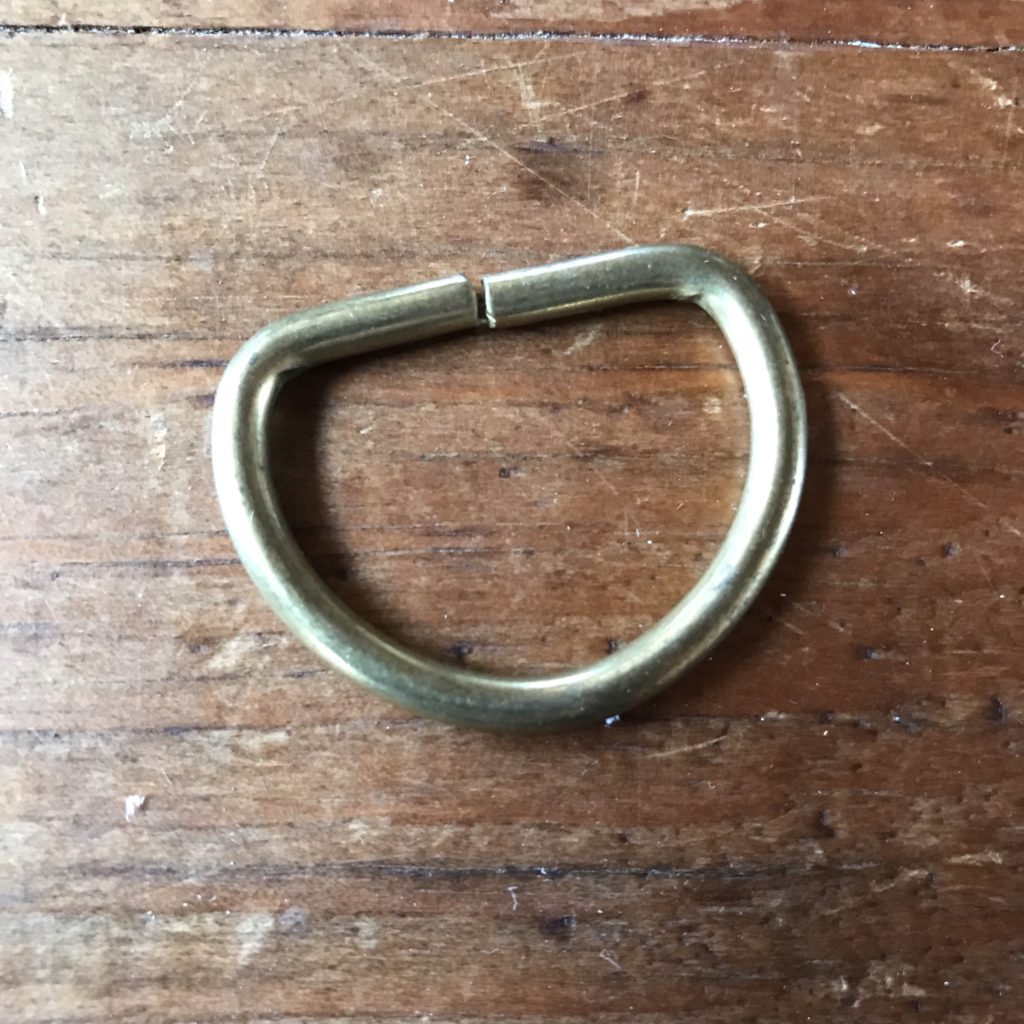
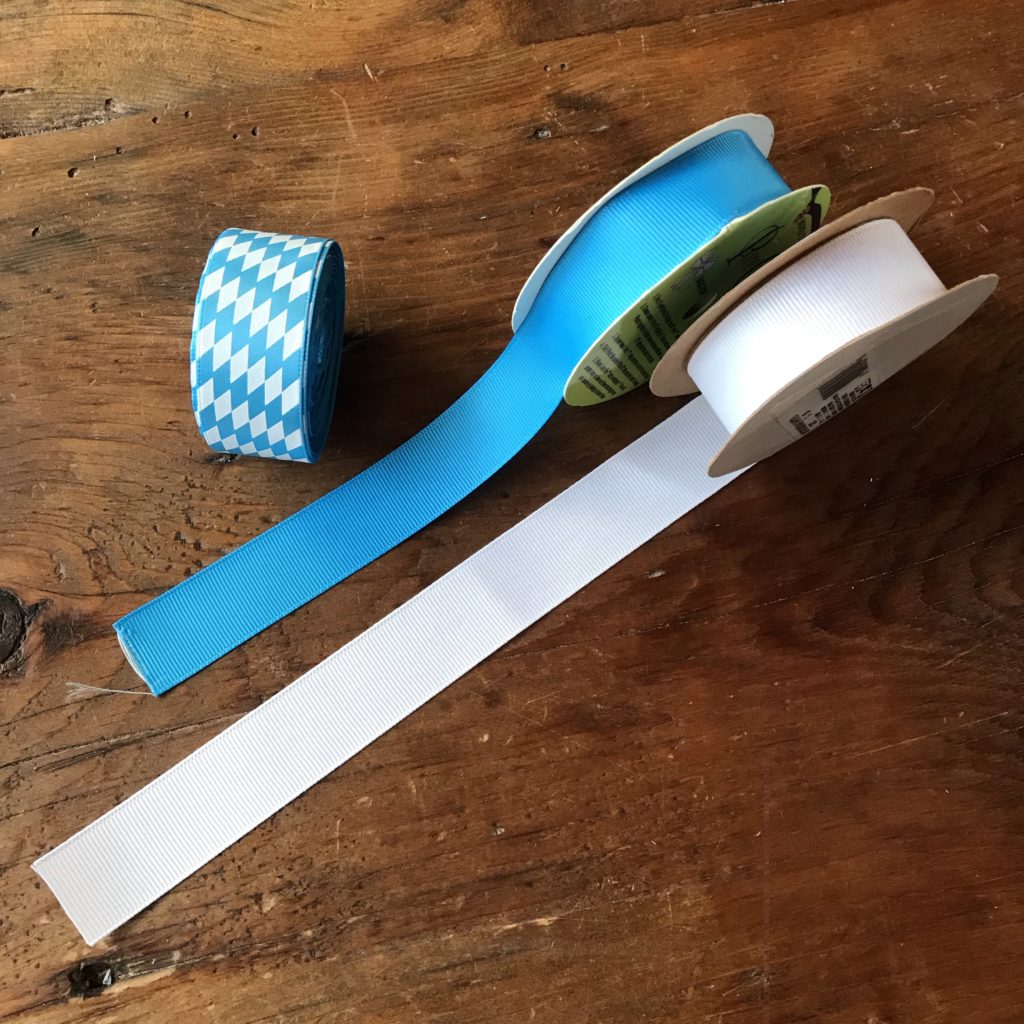

Directions
Step 1: Create & Test the Circuit
To form a paper circuit chandelier, you’ll be wrapping a branching circuit around the circumference of a wreath form, allowing the illuminated branches to hang down all around it. Keep in mind that the positive and negative lead must not touch one another, or you’ll end up with a short circuit and your LEDs will not light up.
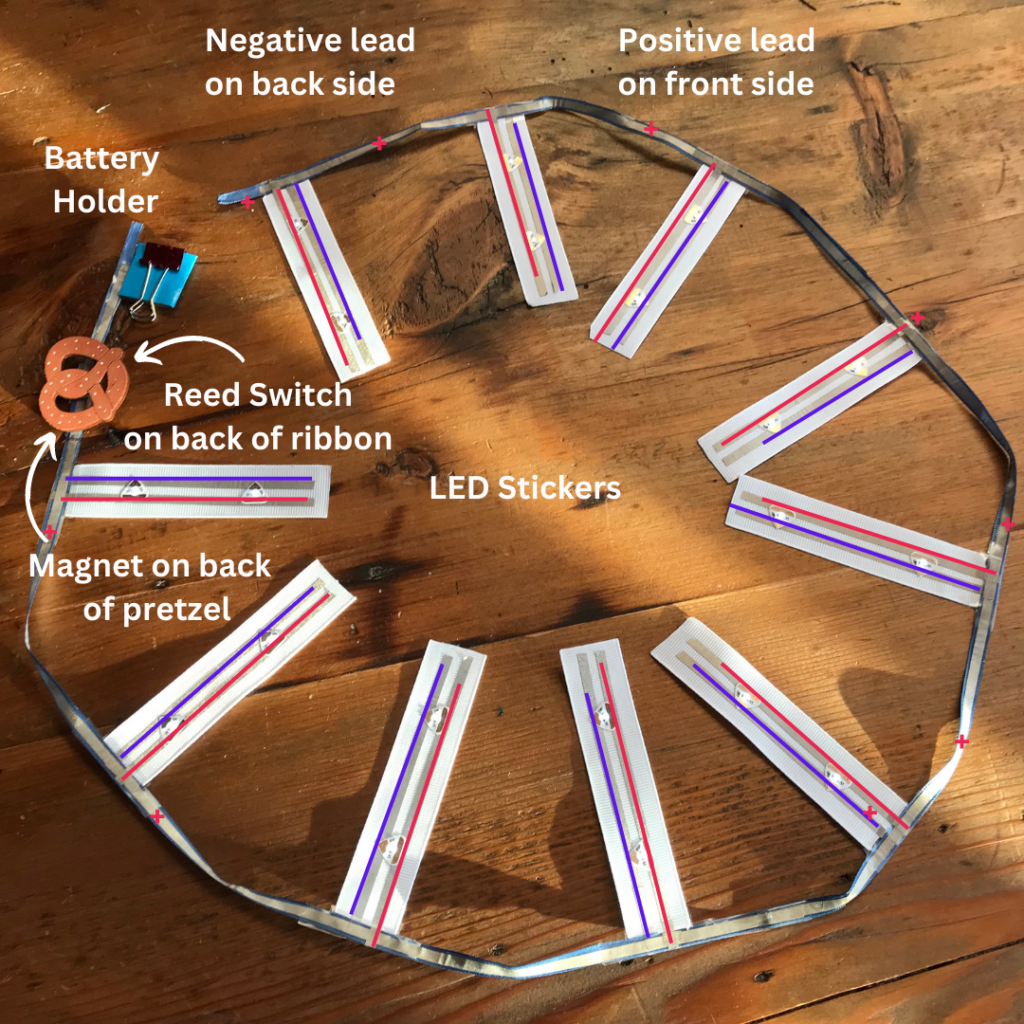
First, measure the circumference of the wreath you plan to use and add a couple of inches to the measurement.
Then, cut a piece of ¼” wide ribbon to that length so that it will be long enough to wrap completely around the wreath, with a little wiggle room for adding a paper battery holder.
To construct the power and ground rails and illuminated branches, you’ll be building the same type of branching circuit that is introduced in the Glowing Garland project.
To serve as a visual reference, you may download a copy of the circuit diagram below.

To briefly recap how to make the circuit in the Glowing Garland project, you need to apply conductive fabric tape to both sides of the ¼” ribbon. The positive lead will be on the front side and the negative lead will be on the back side.
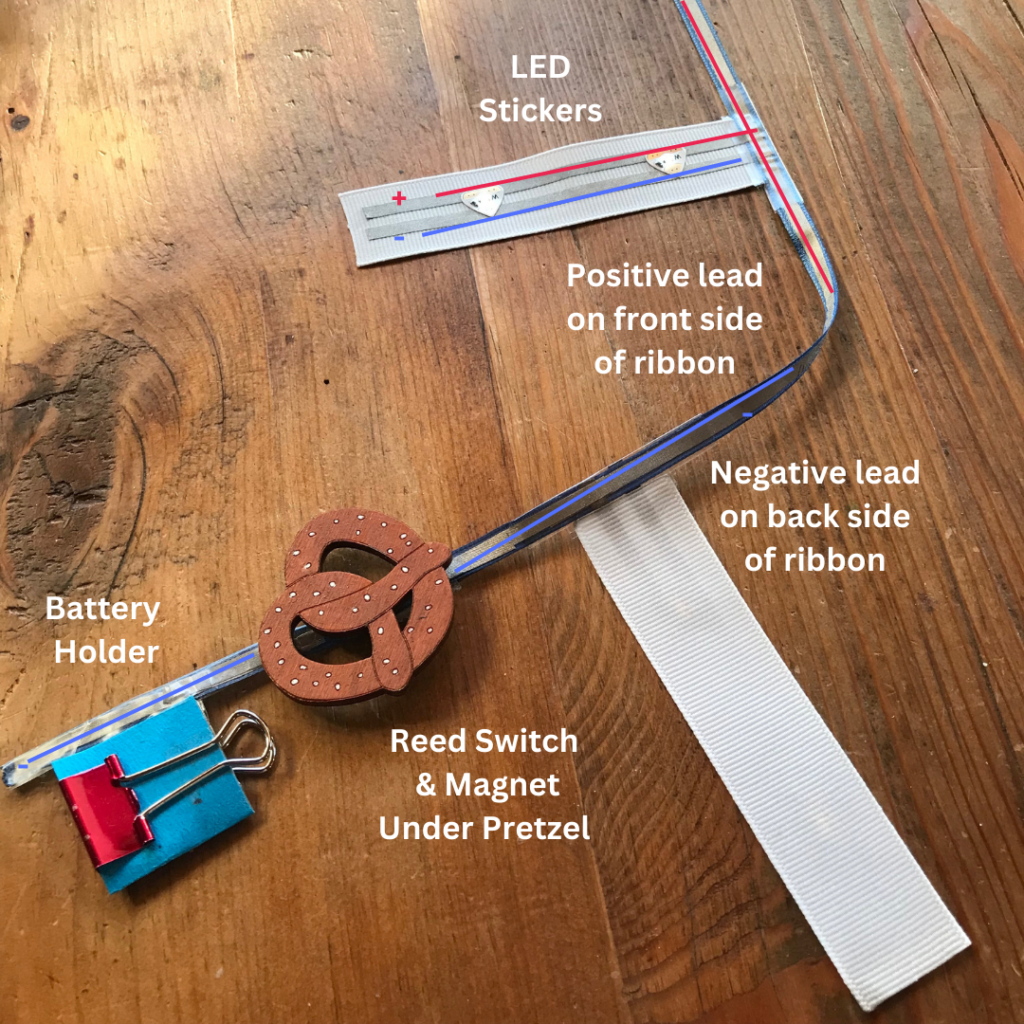
To create the glowing branches that will hang down from your chandelier, you need to cut pieces of ribbon (or sturdy paper) to your desired length, adding parallel lines of conductive fabric tape down their centers, leaving a gap to accommodate Circuit Sticker LEDs.


Tips, Tricks & Call-Outs
To prevent the ribbon from fraying, it’s a good idea to singe raw edges before adding the conductive fabric tape. This includes the power/ground rail ribbon and the LED branches that will attach to it; this may be done carefully with a lighter or matches. To learn more, visit the Glowing Garland tutorial.

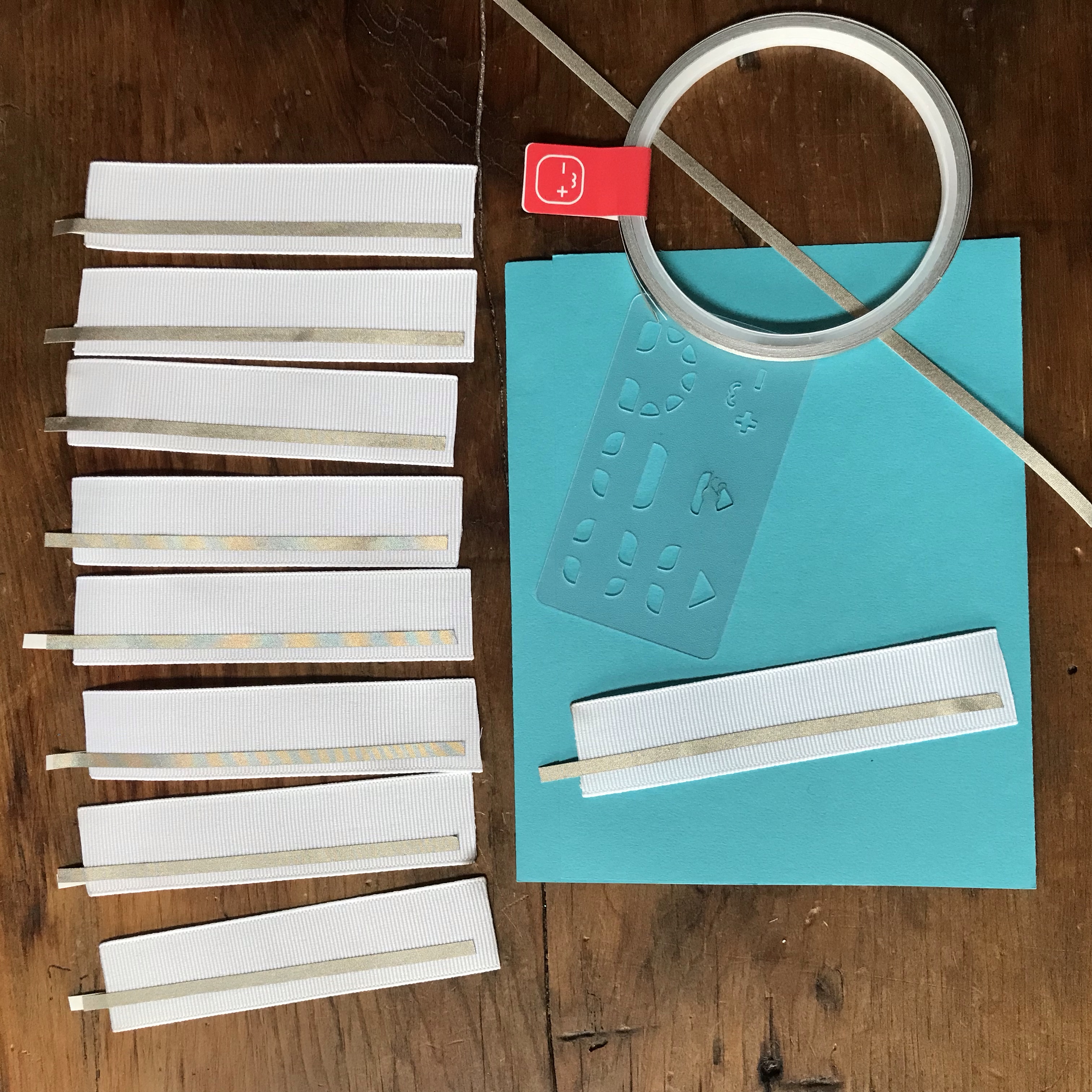
Each of your branches will need to be connected to the power/ground rail.
The left, positive trace of each branch will adhere to the front, positive lead of the ribbon.
The right, negative trace of each branch will adhere to the back, negative lead of the ribbon.

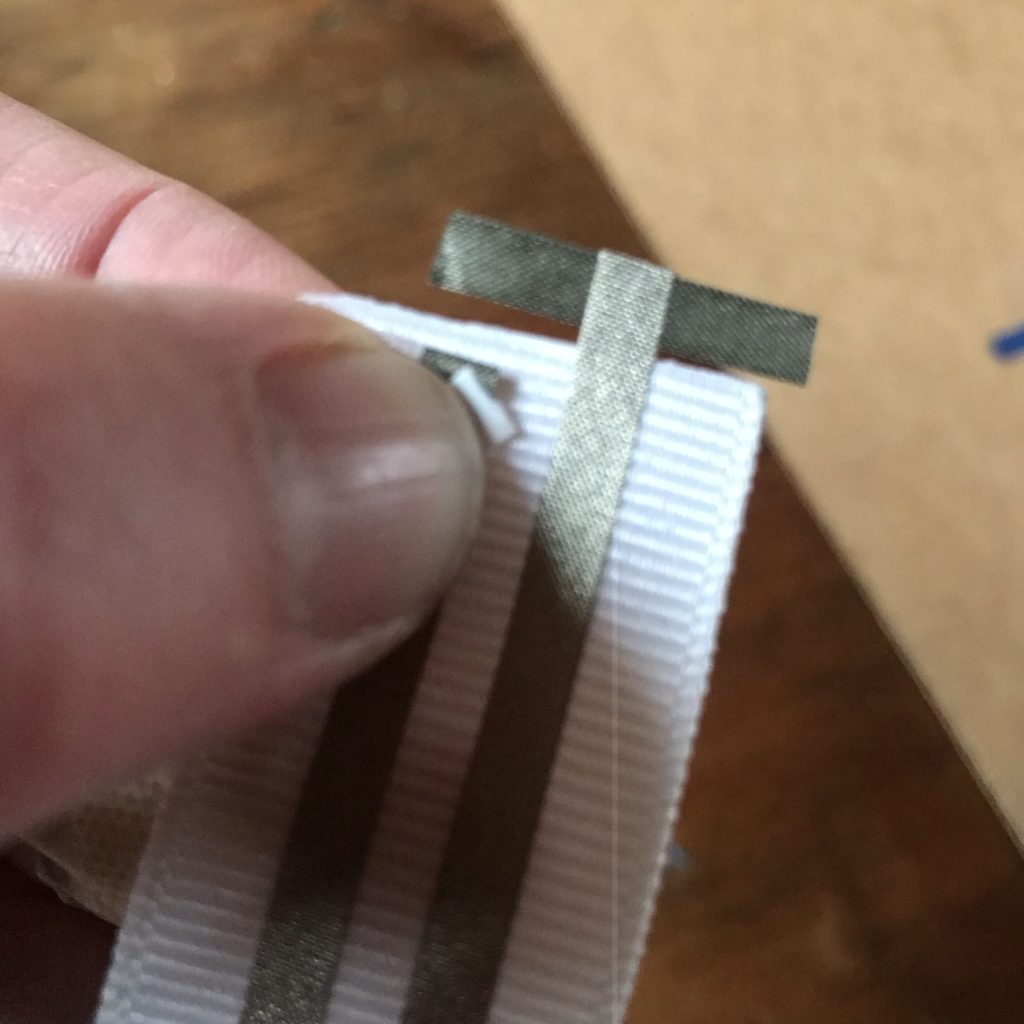
You will also need to add Circuit Sticker LEDs to each branch and create a paper battery holder on the right-most end of the ribbon. (To learn more, visit the Glowing Garland tutorial.)

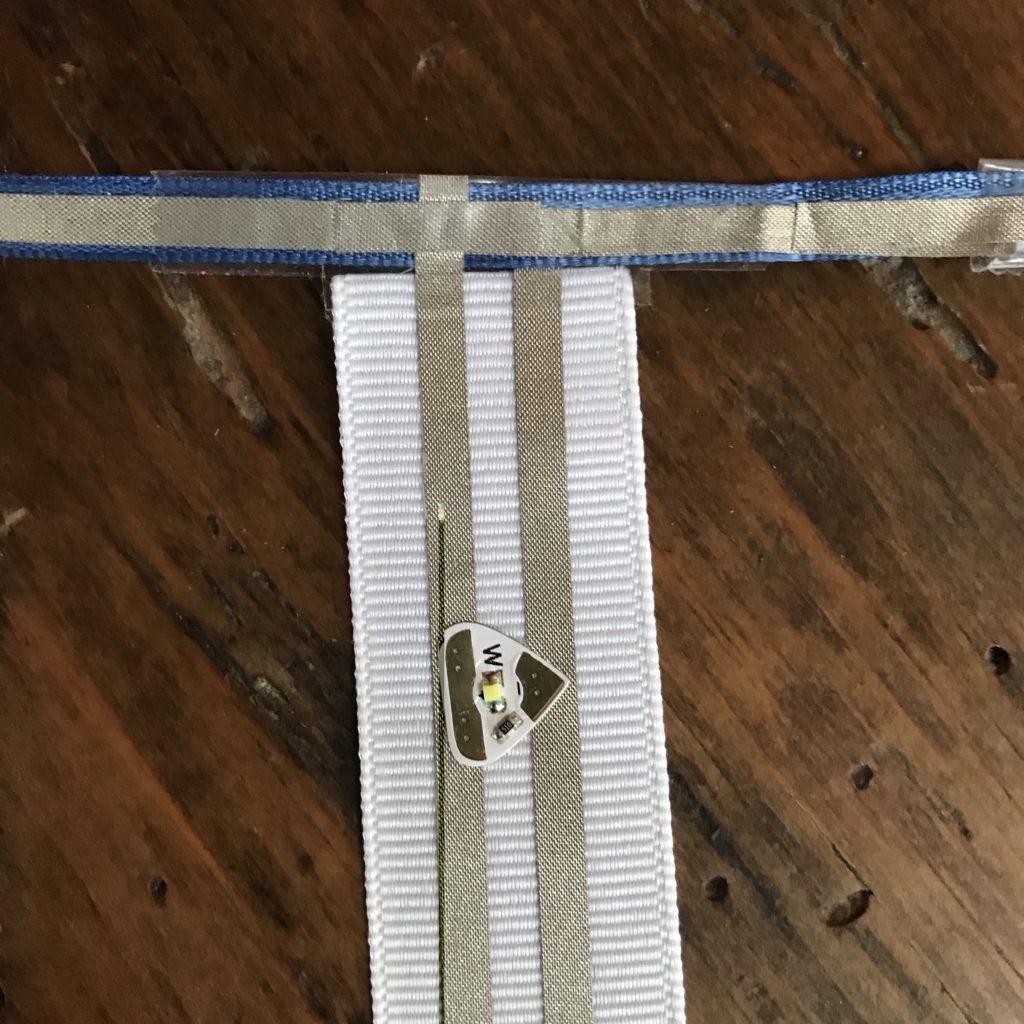
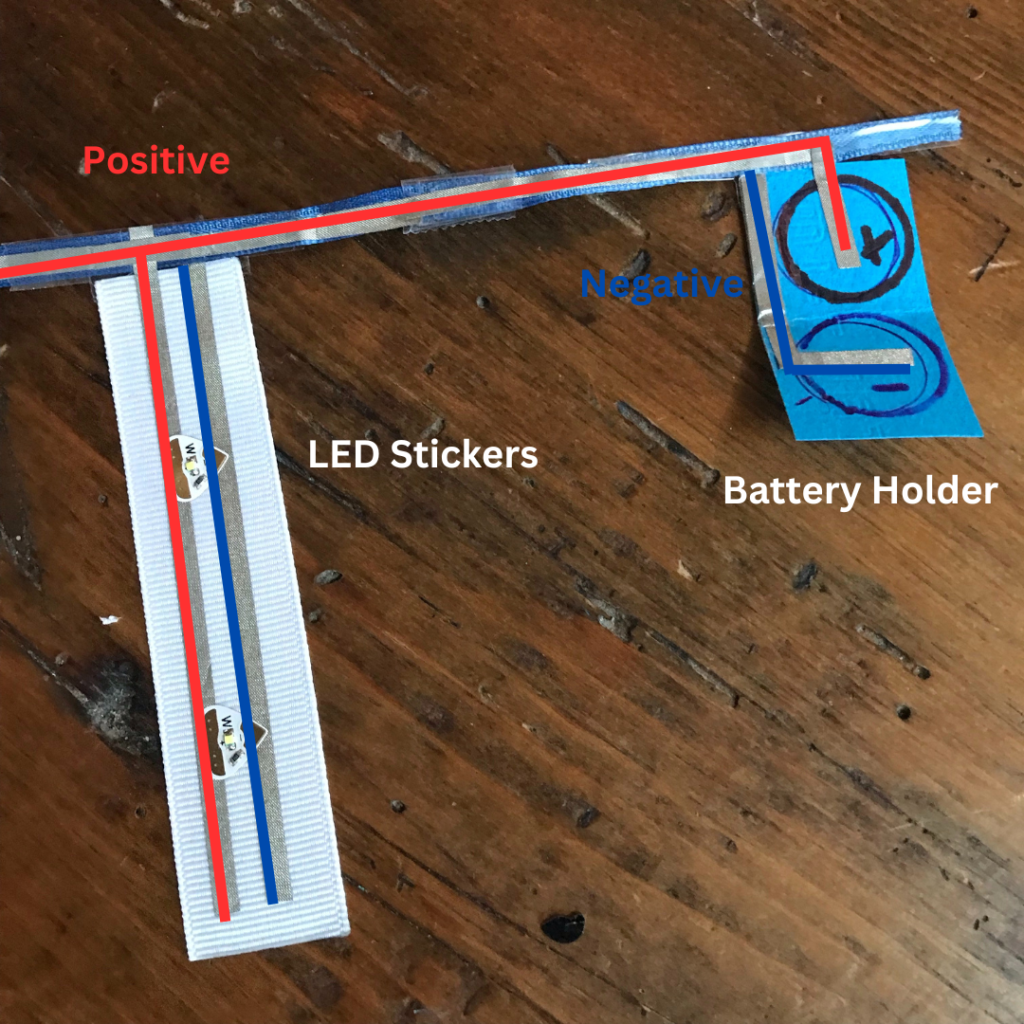
When adding the reed switch, you’ll need to create a gap in the negative lead, on the back side of the ribbon, between the battery holder and the first light-up branch. (Please refer to the back view of the circuit diagram for a clear representation.)
Before moving on to the next step, test the circuit by inserting a coin cell battery into the battery holder and hold a magnet up to the reed switch.


Step 2: Reinforce the Circuit
If everything is working correctly, and you are pleased with the spacing of the branches, lay the circuit flat and apply Scotch tape on top of each branch at the points where they connect to the power and ground rails. This will add strength and durability to the connections, which will be important when you start decorating your chandelier.
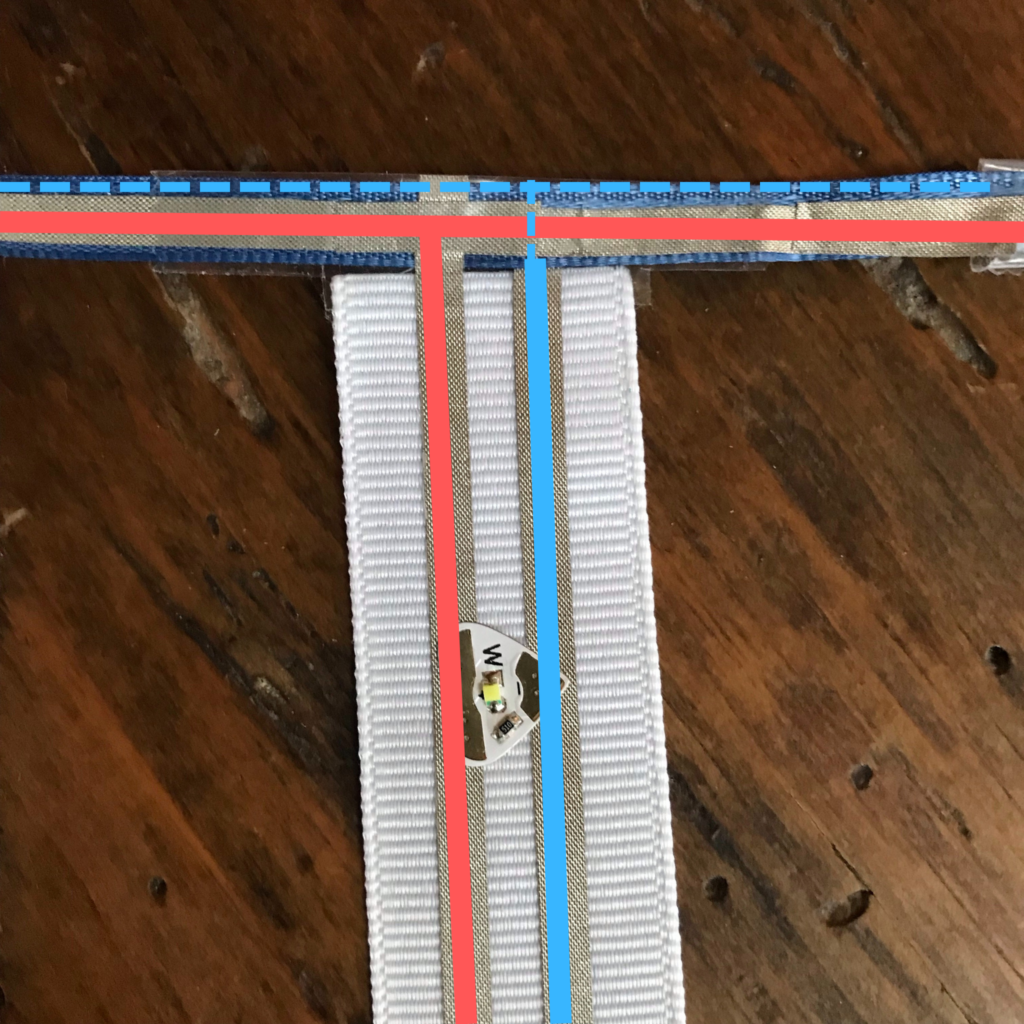
Do the same with the the reed switch connections. Adding clear tape on top of the reed switch connections will keep all of the connections secure, preventing a short circuit.
Step 3: Attach Circuit to Wreath
To attach the branching circuit to the wreath, apply pieces of double-sided tape all around the center of the wreath. This will be a bit messy if you are using a straw wreath.
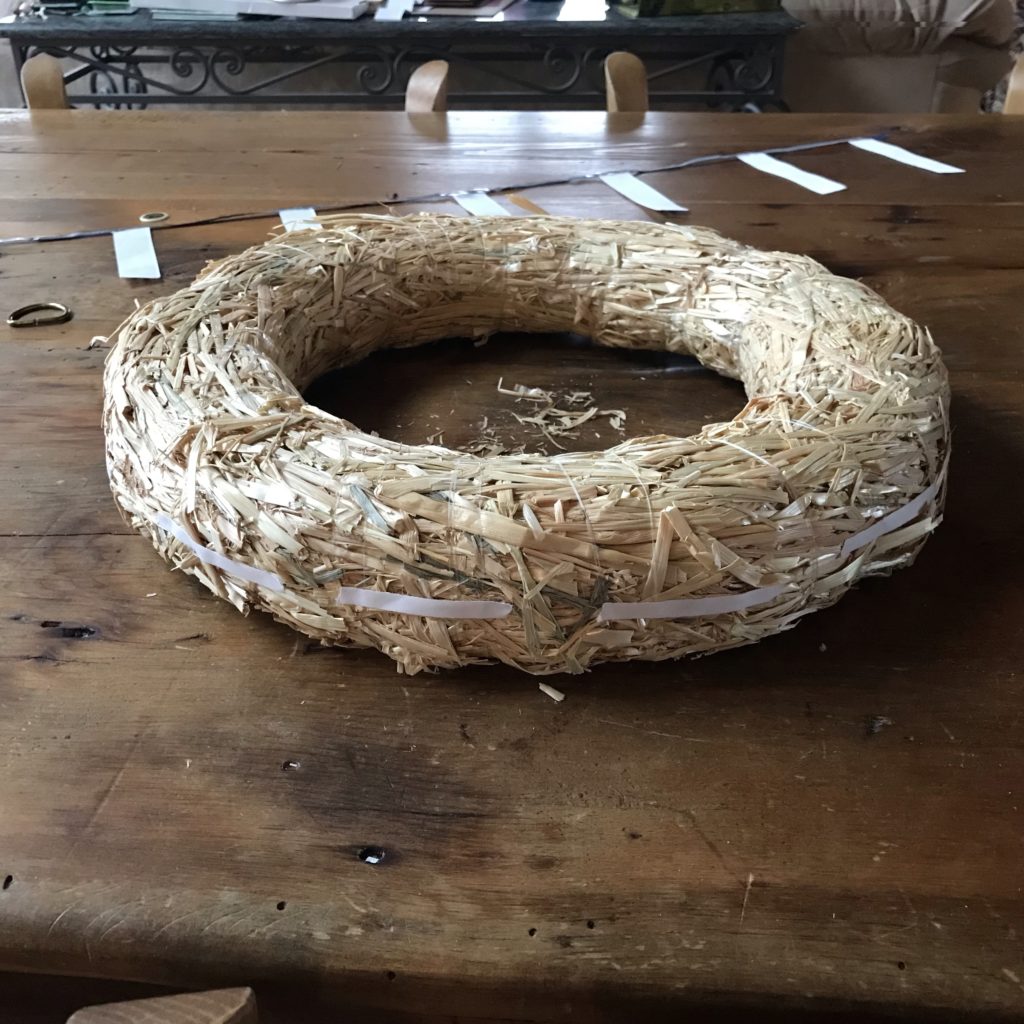
Then, starting from the battery and reed switch end of the circuit (the right side), adhere the circuit to the wreath bit by bit, keeping it as centered as possible.
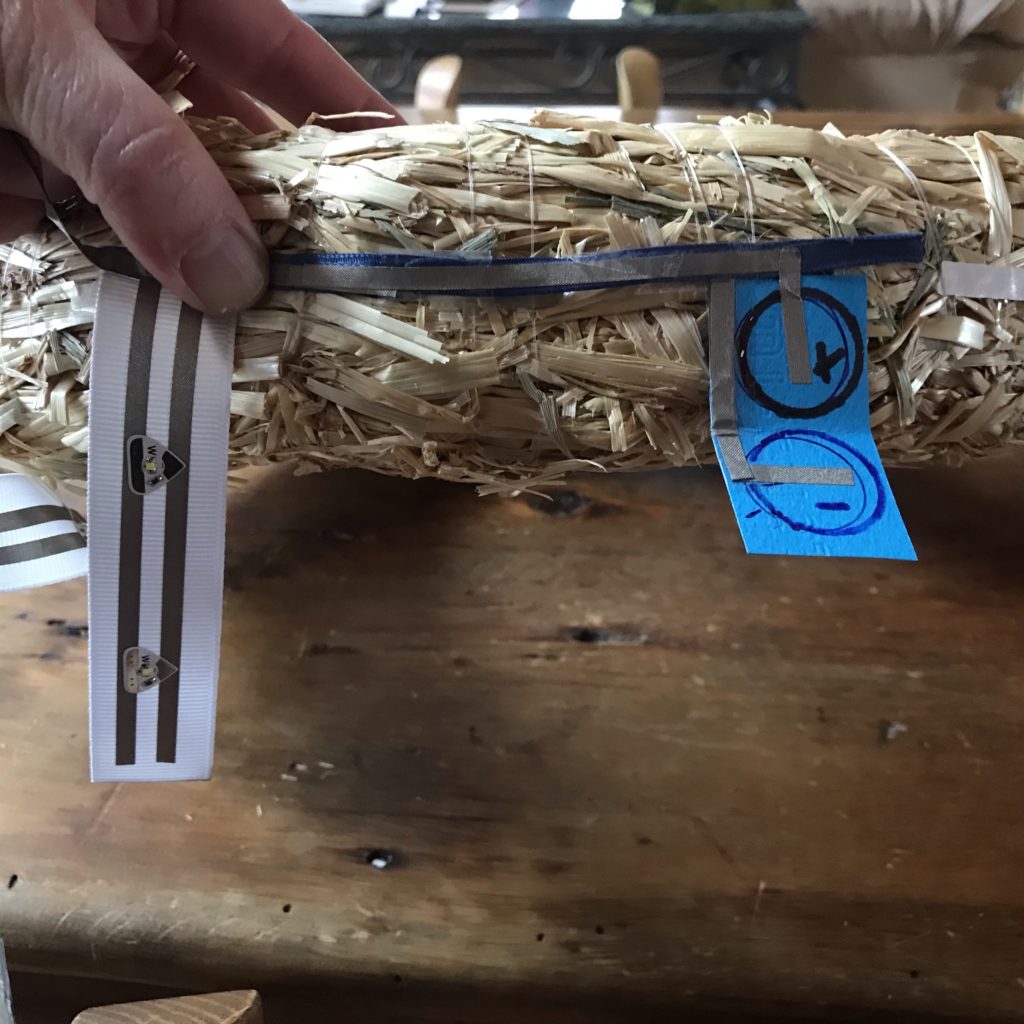
Once the circuit is attached all the way around, turning the wreath upside down upon a flat surface can make it easier to keep the branches from twisting. Test the circuit again. If you need to trim any excess ribbon, do so now.


Step 4: Conceal or Disguise the Circuit
For my first Oktoberfest-inspired paper circuit chandelier, I wanted to mimic the look of the chandeliers I’ve seen hanging in a German fest tent. To achieve this look, I wrapped a strand of faux evergreen around a thin, floral foam wreath to add body and conceal the circuit.

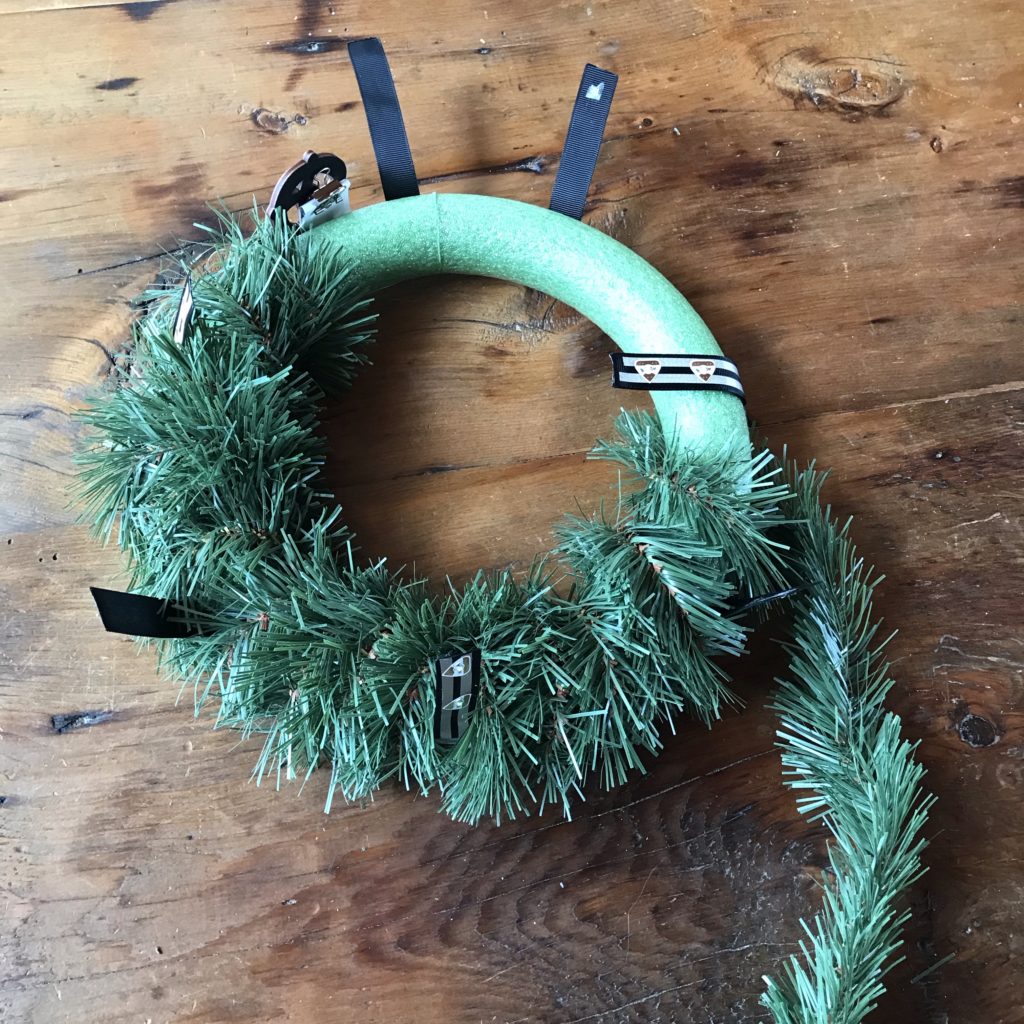
Be careful during this step to keep your branches from getting pinched underneath as you wrap. Since I used short branches for my Circuit Sticker LEDs, I opted to leave them uncovered.

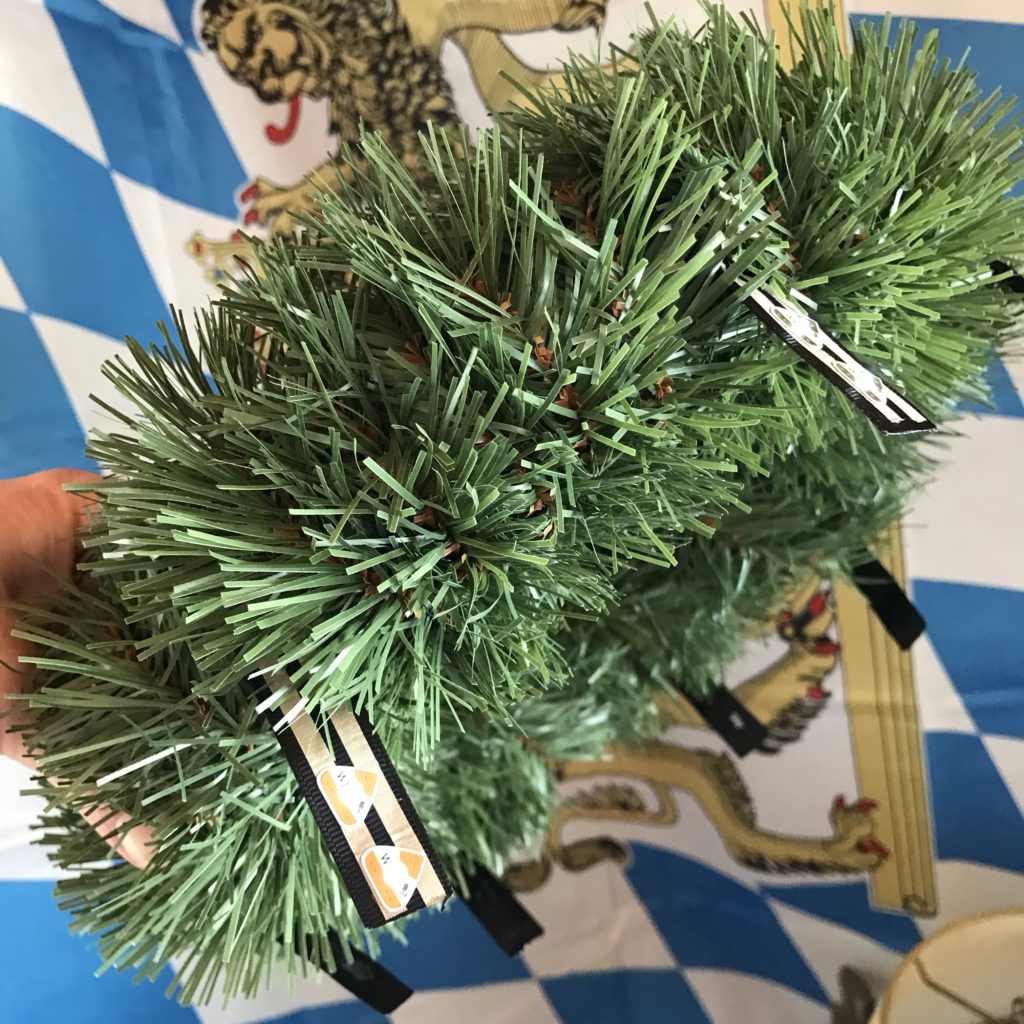
For my second chandelier, I used a larger straw wreath, wrapping ribbon around it to disguise the circuit and add decorative detail. For this chandelier, I used longer branches, which I ended up covering with ribbon in alternating colors, for a more diffused lighting effect.
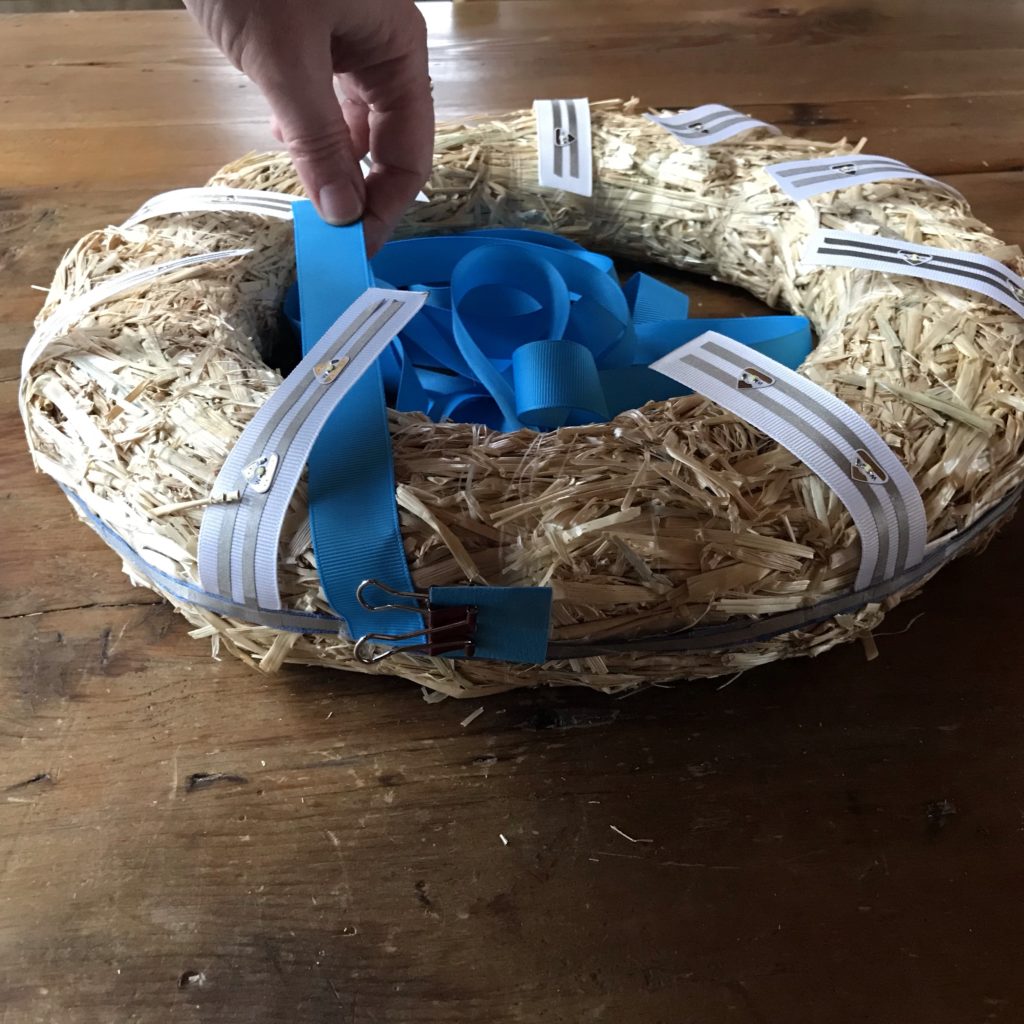

After wrapping the decorative ribbon around the wreath, I went back and added another piece under the wrappings and over the power/ ground rail.
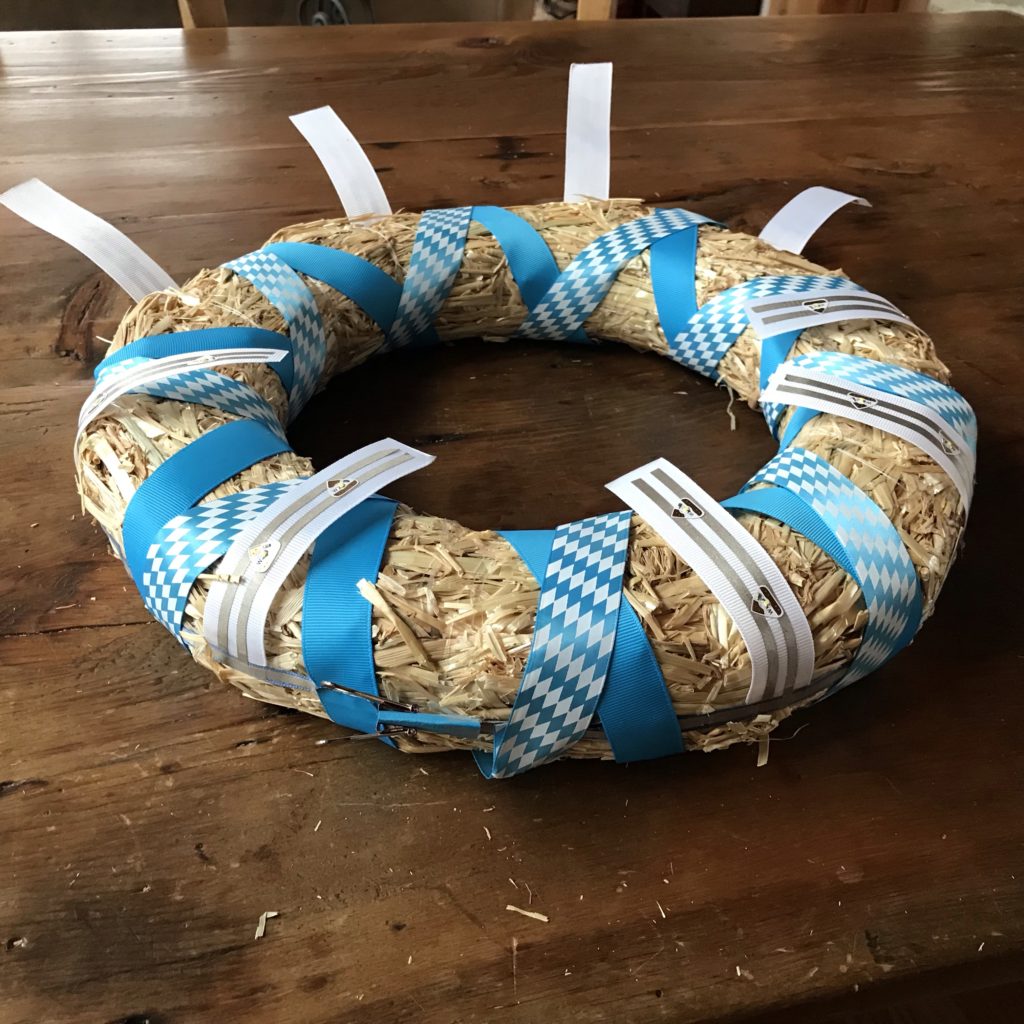
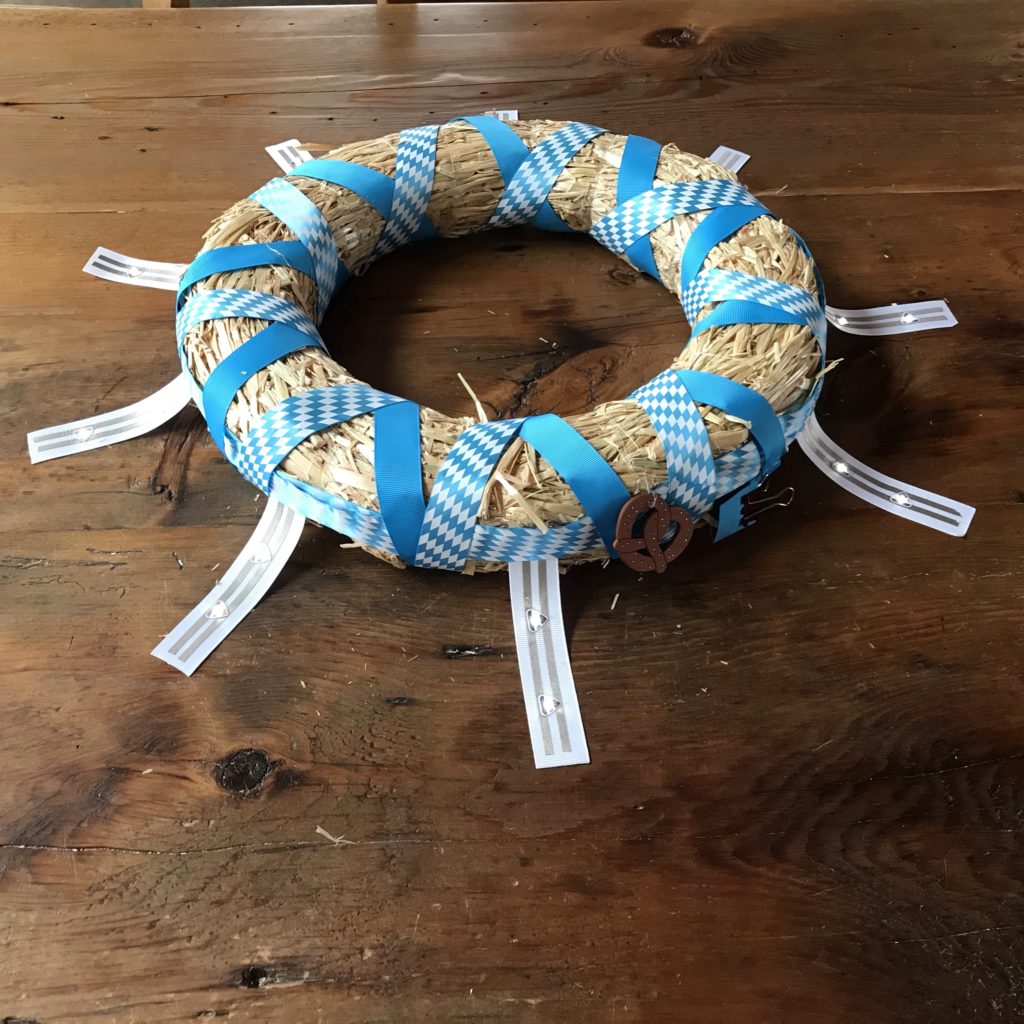
To keep the magnet from falling off of the wreath, I used a piece of fishing line to tie it to the wreath, near the reed switch. This added a decorative element and made it easier to quickly turn the wreath lights on and off.
Step 5: Add Hangers
Once the base of your chandelier is complete, it’s time to add the ribbon you’ll be using to hang it. First, determine how long you want your chandelier to be and then cut 3 pieces of ribbon long enough to fully wrap around the base, accounting for a little extra to fold around a metal D-ring.
Next, fold about an inch of each piece of ribbon over the D-ring and secure it with a safety pin or a needle and thread.

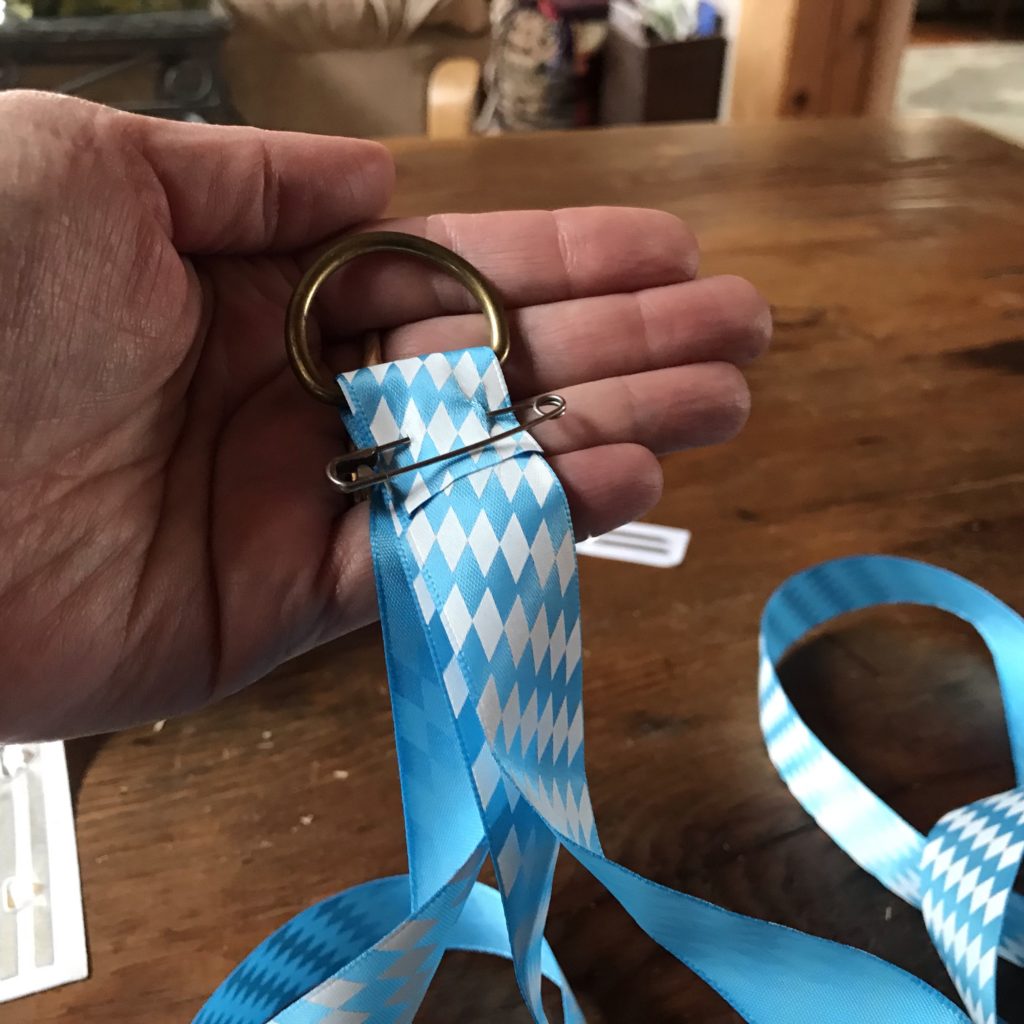

Once the D-ring is secure, apply double sided tape to the ends of the ribbons on the top side.
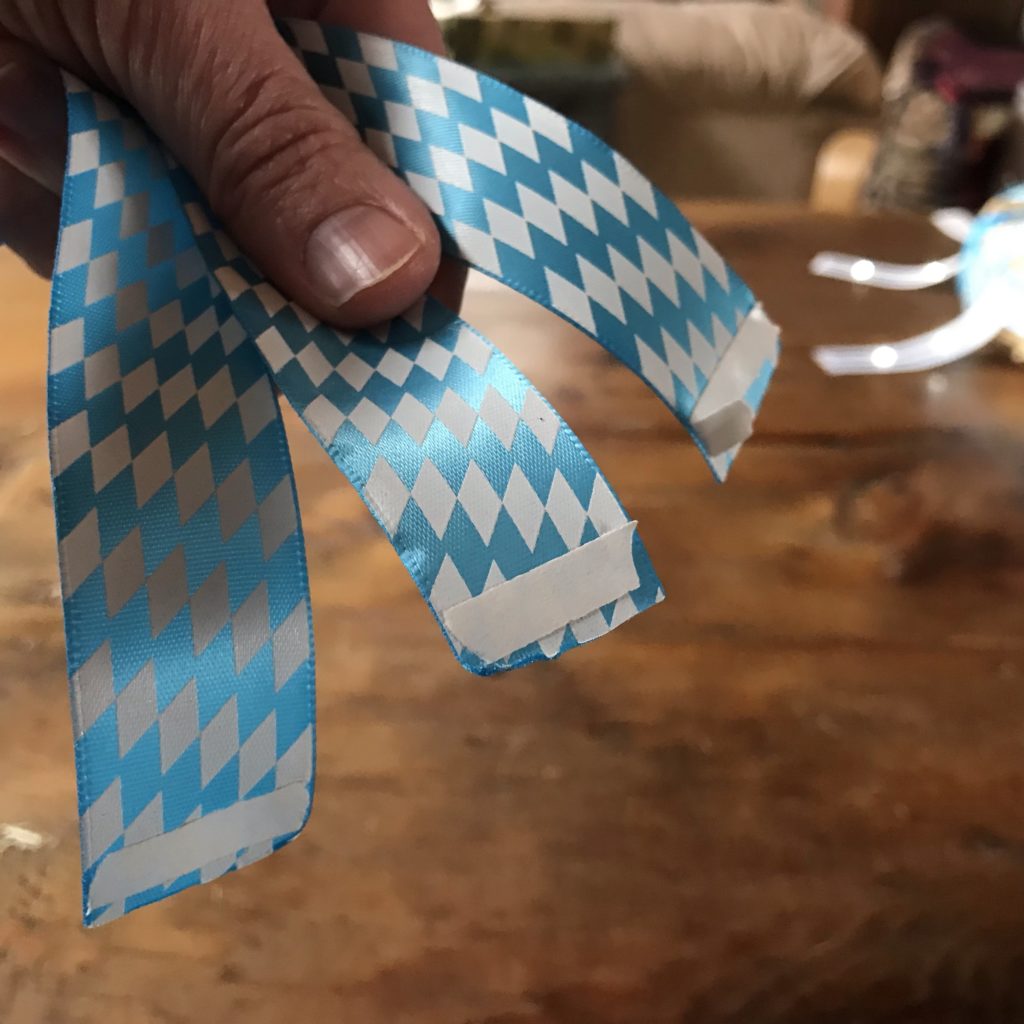
Starting on the outside of the wreath, bring each piece of ribbon up through the center of the wreath, wrap around it to meet the rest of the ribbon, and attach the sticky ends to form equidistant loops around the wreath.


Secure the connections with small safety pins or a needle and thread.
Step 6: Hang the Chandelier
Once you’ve put it all together, hang it up and enjoy!
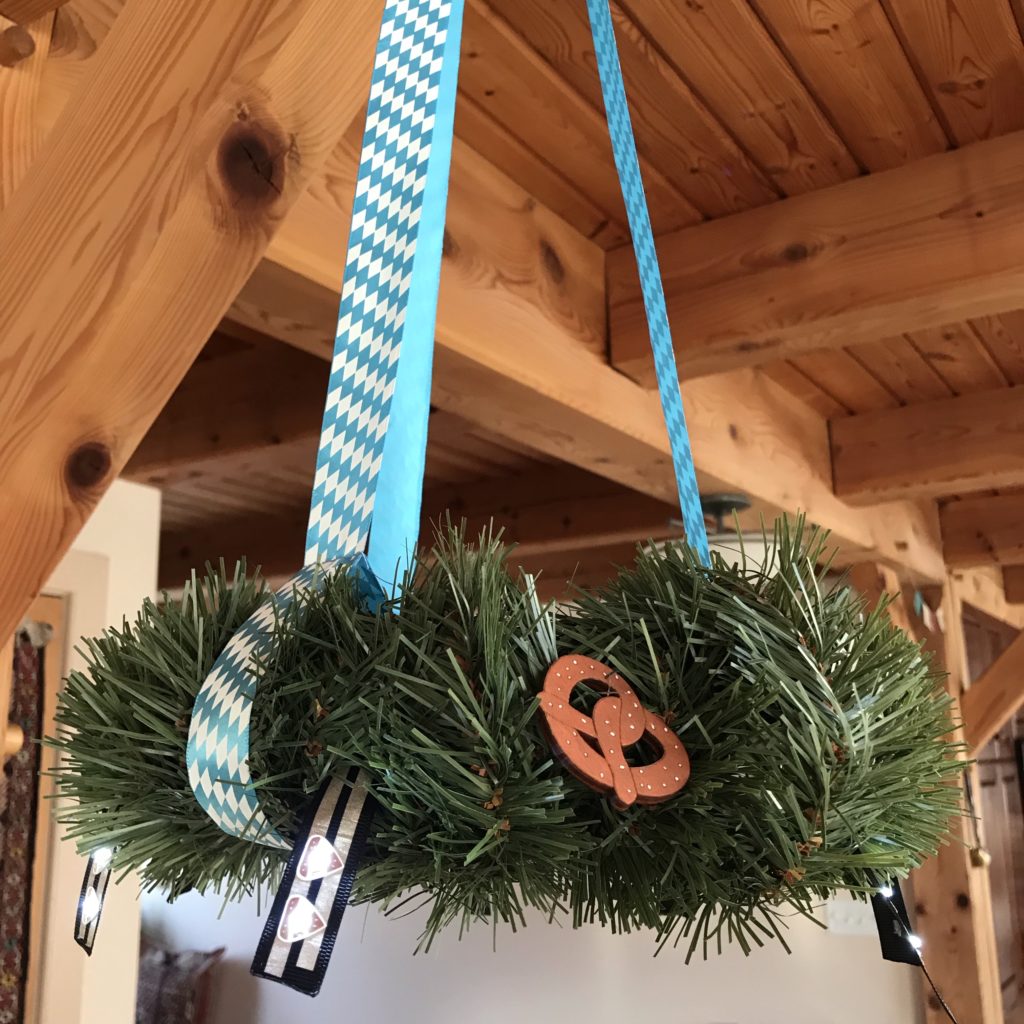
Ideas for Remixing this Project
Your only limit is your imagination!
Lighting like this could be a fun and easy way to add whimsy to a child’s bedroom, a holiday celebration, or a classroom reading nook.
Imagine a book-lover-inspired chandelier, or one reflecting the setting or characters of a beloved story book?
Or what about a music-lover-inspired light, decorated with music notes or song lyrics?
How might you adapt and remix this project to make it your own?
Gallery
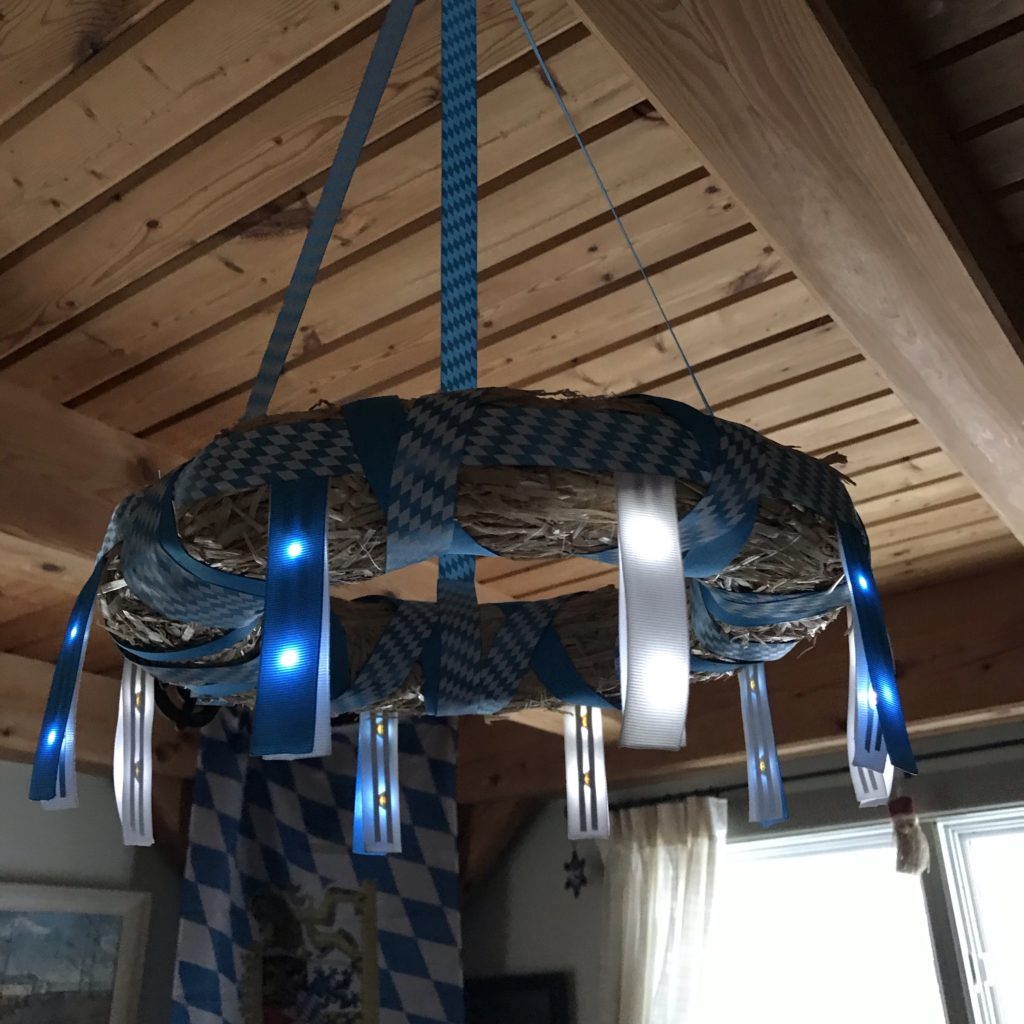

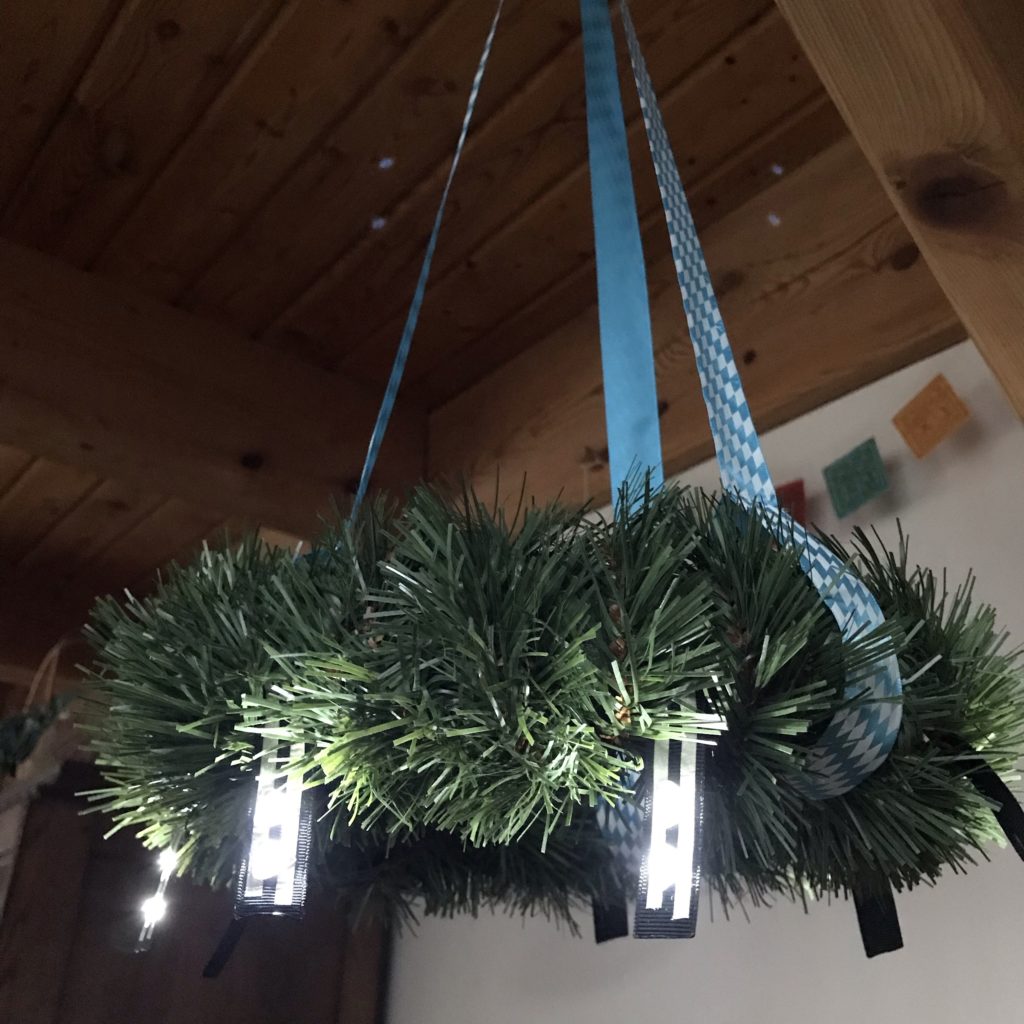
Similar Posts You Might Enjoy
Pop Up Book

See how Jill Dawson adds Circuit Sticker LEDs to light up a pop up book inspired by the German city of Munich.
Solar House
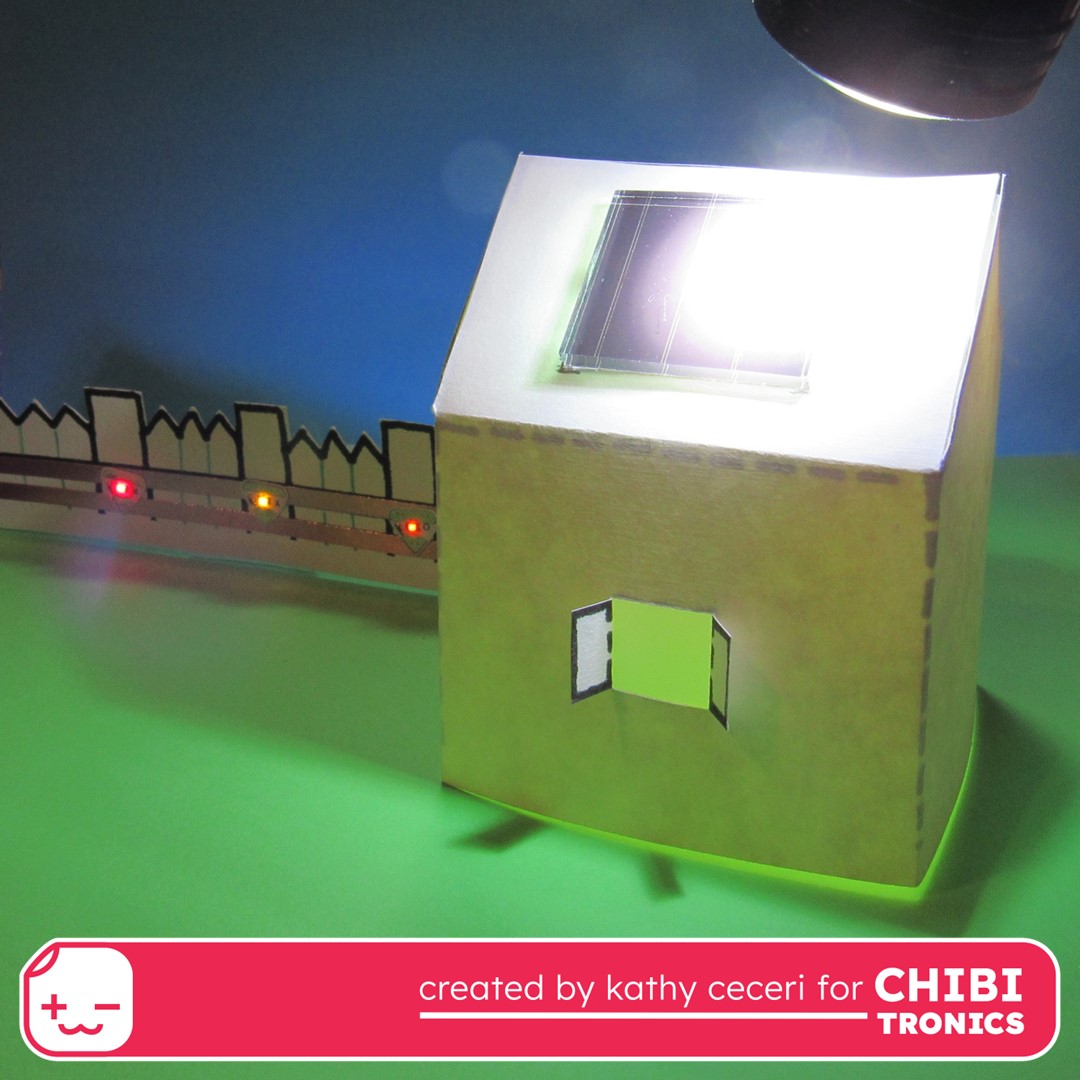
See how Kathy Ceceri uses a solar panel and Circuit Sticker LEDs to light up a paper house and garden, without batteries.
Glowing Garland

See how Jill Dawson adds a reed switch and magnet to create a glowing garland you can quickly turn on and off.



